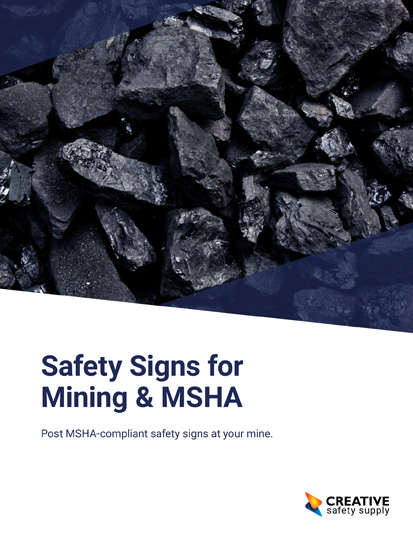
Working in warm or hot environmental conditions can leave anyone susceptible to a heat illness—regardless of age or physical condition. Heat illnesses, such as heat stroke or heat exhaustion, are a result from heat stress caused by working in extreme heat, around hot machinery, or outdoors for a long period period of time. When the body cannot maintain a normal temperature, heat-related illnesses can occur. Fortunately for workplaces, these kinds of illnesses are also completely preventable.
Types of Heat-Related Illnesses
The Centers for Disease Control (CDC) has identified the following as a heat-related illness:
- Heat stroke: Symptoms of heat stroke include a high body temperature, hot, red, or damp skin, fast pulse, headache, rapid breathing, dizziness, nausea, confusion, and losing consciousness. As the most serious heat illness, a heat stroke can be life threatening if symptoms are not caught early on and 911 should always be called.
- Heat exhaustion: The next most serious heat illness is heat exhaustion. Sharing many of the same symptoms as heat stroke (excessive sweating, fast or weak pulse, vomiting, headache, etc.), heat exhaustion should be treated right away to prevent heat stroke.
- Heat cramps: Typically occurring as a result of physical activity in a hot work environment, symptoms of heat cramps includes excessive sweating and muscle cramps, pain or spasms.
- Sunburn: Anyone who has spent too much time in direct sunlight has experienced the red, blistering, dry skin of a sunburn.
- Heat rash: Red clusters of small blisters and/or dry skin.
Are your employees at risk for heat-related illnesses?
Our Heat Stress Calculator helps you determine heat stress levels for outdoor workers.Injuries can also be sustained as the result of a heat illness; dizziness can construction workers to slip from heights, passing out may lead to a head injury, muscle cramps can cause strain, etc.
It's important to understand who may be at a higher risk of heat illness. While it's true everyone is at risk for heat stress, certain factors increase that risk for workers. Some of these factors include specific kinds of medical conditions, older age, previous heat-related illness, and how well the worker has been acclimatized. Other external factors may be not drinking enough water, wearing heavy PPE that doesn't regulate body temperature.
While working in hot weather or hot environments can't always be avoided, employers can help protect their workers with adequate rest, water, and shade. Workers should also be trained on identifying signs of heat illnesses (like heavy sweating or skin irritation) in themselves and others. If symptoms of heat illnesses are not caught early on, it can be life threatening.
Similar Glossary Terms
- Occupational Heat Stress
- Injury and Illness Prevention Programs (IIPP)
- Chemical Burn
- Indoor Air Quality (IAQ)
- Acute Exposure
- ASHRAE 62.1 + 62.2
- ASHRAE 55
- Environmental Hazard
- Ergonomic Hazards


